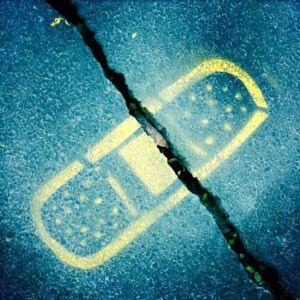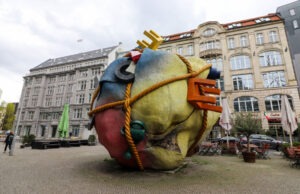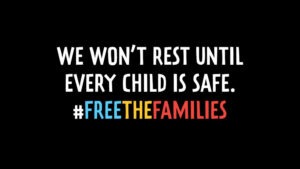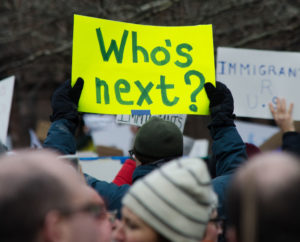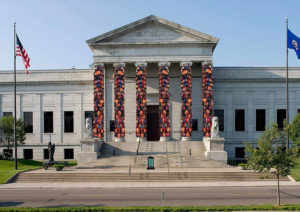Issam Kourbaj – Another Day Lost – New York, from 13 December 2015 to 5 January 2016, Trinity Church, New York. pic.twitter.com/N0VxJEls1d
— Renée Pfister (@ReneePfister) December 13, 2015
December 16, 2015; New York Times
How can you symbolically represent the oppression, frustration, and despair of the Syrian refugee crisis? Issam Kourbaj attempted to do just that by creating an art installation first in London and now in New York City. The New York version, based at Trinity Church in Lower Manhattan, displays more than 1,730 blackened and burnt matches, each one representing a day since the beginning of the Syrian conflict in 2011.
Sign up for our free newsletters
Subscribe to NPQ's newsletters to have our top stories delivered directly to your inbox.
By signing up, you agree to our privacy policy and terms of use, and to receive messages from NPQ and our partners.
Kourbaj, a Syrian citizen who now lives in England, created the project “Another Day Lost” as a way of bringing attention to the war. “The significance of the matches is the metaphor of creating the light of day and the dark of day,” he said. “There is the lighting of the match, and the extinguishing of the match is like the sunset.”
The installation is set up under a tent where the matches have been erected to mimic the fence surrounding a miniature version of a refugee camp. The “camp” is created from objects such as discarded books, perhaps symbolizing the feelings of many refugees who find themselves living for months or years in substandard conditions.
Louisa Macmillan, a former curator of the British Museum who helped curate Kourbaj’s installation, remarked that the matches are more than the representation of the many days since the uprising began. “Unburned, the matches are alike,” she said. “The moment you strike them, they take on their own characteristics. That’s poignant, because the masses of Syrian refugees are treated generically. The matches remind the audience they’re individuals, with their own individual characteristics.”
The actual assembly and now the exhibition of the installation is just as symbolic as the meaning behind the project. Kourbaj turned to the Trinity Church for the matches needed for the project. The church delivered boxes and boxes of matches. Parishioners joined the effort by lighting and burning the batches one by one. Not only did the parishioners provide sufficient matches for the installation, which opened this Sunday, but they donated additional ones for another project Kourbaj is working on.
For the Trinity Church hosting the installation, there was significance in Kourbaj’s message, particularly given that it’s Advent season before Christmas. “We remember that the baby Jesus becomes a refugee when he and his family are forced to flee to neighboring Egypt,” said Trinity Church Reverend Dr. William Lupfer.
The communal response to Kourbaj’s art installation runs counter to the nativist reactions of many politicians to Syrian refugees. From Congress’s bill strengthening restrictions on refugees last month to Donald Trump’s proposed ban on Muslims, the cultural setting for the exhibition offers the spirit needed to counter the vitriolic backlash of the past few months. — Shafaq Hasan


